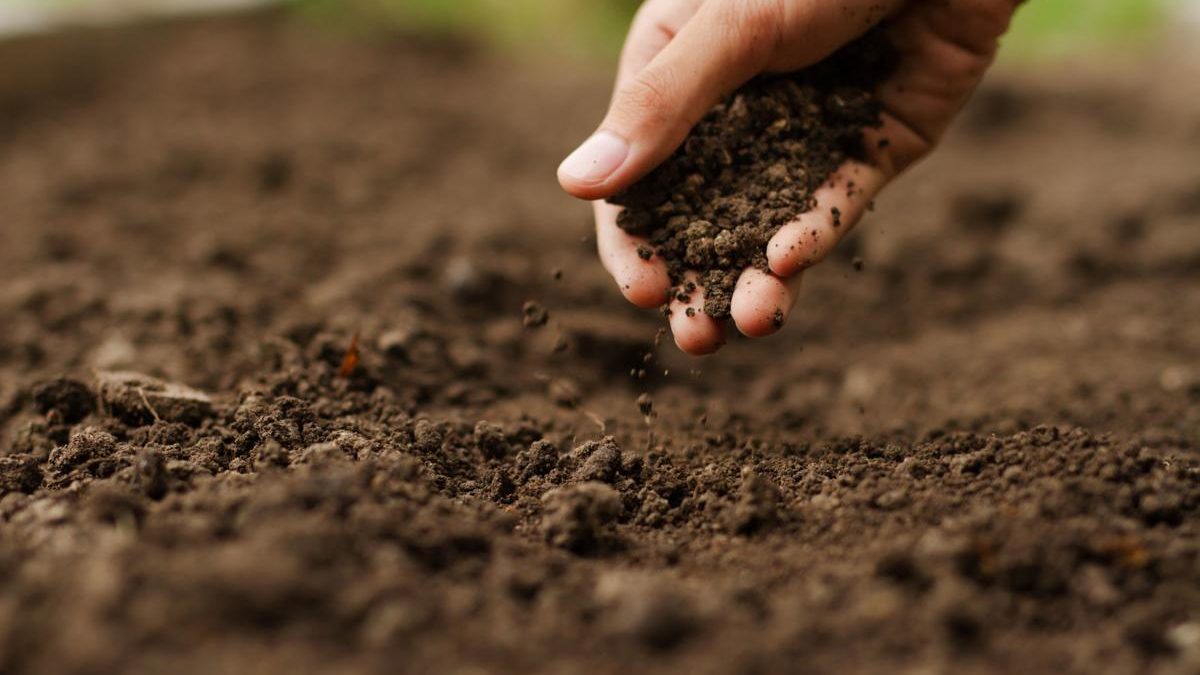What is a Fertilizer?
A fertilizer is any material that is added to soil to provide nutrients for plants. Fertilizers can be natural or synthetic, and they can be applied in a variety of ways.
The three main macronutrients that plants need are nitrogen (N), phosphorus (P), and potassium (K). These nutrients are essential for plant growth and development. Nitrogen promotes leaf growth, phosphorus promotes root growth and flowering, and potassium helps plants resist disease and stress.
In addition to the three main macronutrients, plants also need a variety of micronutrients, such as iron, zinc, and copper. Micronutrients are needed in smaller amounts than macronutrients, but they are still essential for plant health.
Types of Fertilizers
There are many different types of fertilizers available, each with its own advantages and disadvantages. Some of the most common types of fertilizers include:
- Nitrate fertilizers: Nitrate fertilizers are the most common type of fertilizer. They are made from ammonia, which is a gas that is converted into nitrate. Nitrate fertilizers are easy to use and they are relatively inexpensive. However, they can be water-soluble, which means that they can leach out of the soil and pollute waterways.
- Phosphorus fertilizers: Phosphorus fertilizers are made from phosphate rock. They are essential for plant root growth and flowering. Phosphorus fertilizers are not as water-soluble as nitrate fertilizers, so they are less likely to leach out of the soil. However, they can be more expensive than nitrate fertilizers.
- Potassium fertilizers: Potassium fertilizers are made from potassium chloride or potassium sulfate. They help plants resist disease and stress. Potassium fertilizers are not as water-soluble as nitrate or phosphorus fertilizers, so they are less likely to leach out of the soil.
- Organic fertilizers: Organic fertilizers are made from plant or animal materials. They are a good source of nutrients for plants, and they can also help to improve the soil structure. Organic fertilizers can be more expensive than synthetic fertilizers, but they are often considered to be more environmentally friendly.
How to Apply Fertilizers
The best way to apply fertilizers will depend on the type of fertilizer, the type of plant, and the soil conditions. In general, fertilizers should be applied when the soil is moist. This will help the fertilizer to dissolve and be absorbed by the plants.
Fertilizers can be applied in a variety of ways, including:
- Broadcasting: Broadcasting is the simplest way to apply fertilizer. It involves spreading the fertilizer evenly over the soil surface.
- Side-dressing: Side-dressing is a method of applying fertilizer to the soil near the plant roots. This is a good way to apply fertilizer to established plants.
- Fertigation: Fertigation is the application of fertilizer through an irrigation system. This is a good way to apply fertilizer to large areas.
The Importance of Fertilizers
Fertilizers are essential for crop production. They help to increase yields, improve the quality of crops, and reduce the risk of crop failure. Fertilizers can also help to improve the soil structure and make it more productive.
However, it is important to use fertilizers wisely. Too much fertilizer can be harmful to plants and the environment. It is important to follow the directions on the fertilizer label and to test the soil before applying fertilizer.
Conclusion
Fertilizers are an important part of crop production. They can help to increase yields, improve the quality of crops, and reduce the risk of crop failure. However, it is important to use fertilizers wisely. Too much fertilizer can be harmful to plants and the environment.
Here are some additional tips for using fertilizers safely and effectively:
- Test your soil before applying fertilizer. This will help you to determine the type and amount of fertilizer that your plants need.
- Follow the directions on the fertilizer label. This will help you to apply the fertilizer correctly and safely.
- Apply fertilizer when the soil is moist. This will help the fertilizer to dissolve and be absorbed by the plants.
- Do not over-fertilize. Too much fertilizer can be harmful to plants and the environment.
By following these tips, you can help to ensure that your plants get the nutrients they need to grow healthy and strong.

